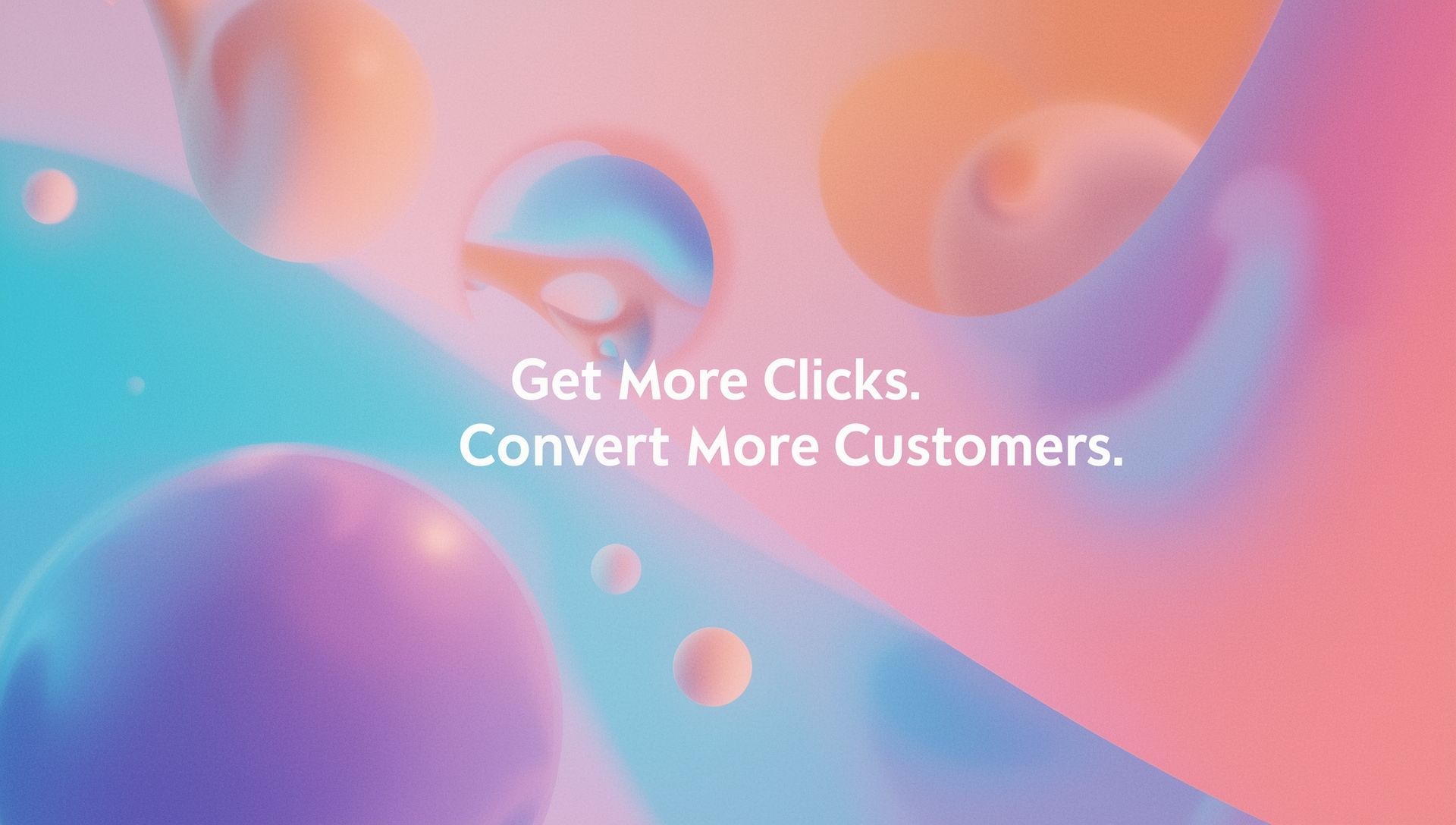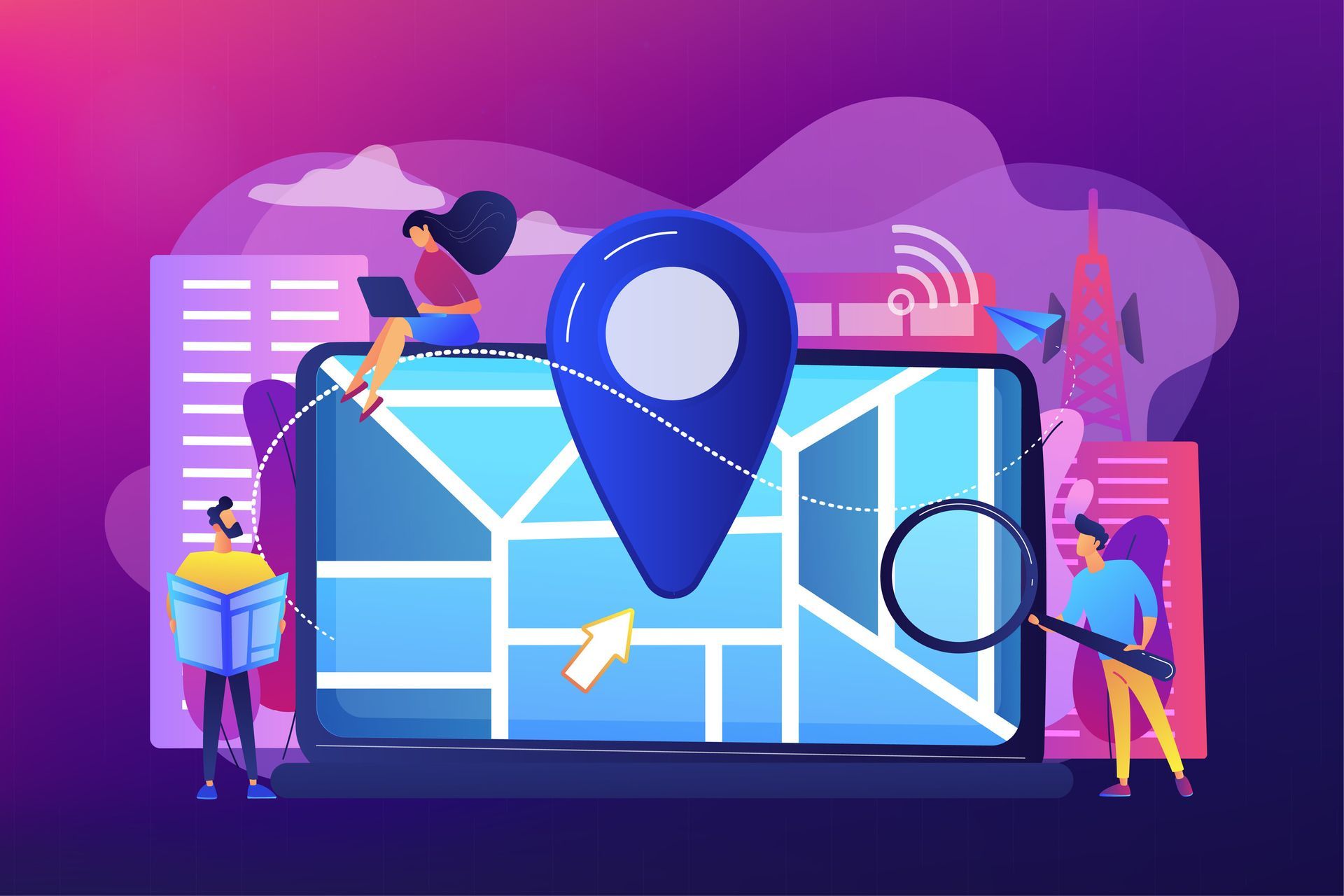How To Launch Your First Google Ads Remarketing Campaign
Every day, potential customers visit your website, browse your services, and leave without buying anything. Sound familiar?
You're not alone. Studies show that 96% of website visitors aren't ready to purchase on their first visit. But here's the good news: those visitors already know your brand exists. They've shown interest in what you offer.
This is where Google Ads remarketing comes in. Instead of watching qualified prospects disappear forever, you can strategically re-engage them with targeted ads across the web.
The result? More conversions from your existing traffic without spending extra money to find new customers.
Here's how to launch your first campaign the right way.
What Is Google Ads Remarketing?
Google Ads remarketing is a digital marketing strategy that shows targeted ads to people who have already visited your website.
Here's how it works: When someone visits your site, Google places a small tracking code (called a remarketing tag) on their browser. This creates a custom audience list of past visitors.
You can then create specific ads that follow these visitors as they browse other websites, use YouTube, or search on Google.
Think of remarketing as a gentle reminder system. Instead of hoping past visitors remember your business weeks later, you stay visible while they're still considering their options.
For small businesses, this creates a powerful advantage. You're not competing for attention with strangers. You're reconnecting with people who already expressed interest in your products or services.
Why Remarketing Matters for Small Businesses
- Brand Recall: Most customers need multiple touchpoints before making a purchase decision. Remarketing keeps your business top-of-mind during their buying process.
- Higher Conversion Rates: Remarketing ads can increase conversions by up to 150% compared to standard display ads. Past visitors are already familiar with your brand, making them more likely to convert.
- Cost Efficiency: Remarketing typically costs less than acquiring new customers through cold advertising. You're targeting warm prospects instead of starting from scratch.
- Competitive Edge: While your competitors fight for new customers, you're nurturing relationships with people who have already shown interest in your business.
- Flexible Targeting: You can create different campaigns for different visitor behaviors. Someone who viewed your pricing page gets different messaging than someone who abandoned their shopping cart.
Step-by-Step Guide to Launching Your First Campaign
1. Set Up Your Remarketing Tag
- Log into your Google Ads account and navigate to the "Audience Manager" under the Tools & Settings menu.
- Click "Audience Sources" and select "Google Ads Tag."
- Choose "Web" as your data source and install the global site tag on every page of your website. If you use WordPress, plugins like Google Site Kit make this process simple.
- The tag needs 24-48 hours to start collecting visitor data, so set this up before creating your campaigns.
2. Create a Custom Audience
- Once your tag is active, create your first remarketing audience.
- Go back to the Audience Manager and click "Audience Lists."
- Select "Website Visitors" and choose your targeting criteria. For beginners, start with "All Visitors" to capture everyone who visited your site in the past 30 days.
- Name your audience something descriptive, like "All Website Visitors - 30 Days."
- Your audience needs at least 100 active users before you can start serving ads.
3. Design Your Ad Campaign
- Create a new Display Campaign in Google Ads.
- Choose "Sales" or "Leads" as your campaign objective, depending on your business goals.
- Select "Standard Display Campaign" and name your campaign clearly (example: "Remarketing - All Visitors - Q4 2024").
- Set your daily budget conservatively. Start with $10-20 per day while you test performance.
- Choose manual bidding and set a maximum cost-per-click of around $1.00 to start.
4. Write Clear, Persuasive Ad Copy
- Your remarketing ads should acknowledge that visitors already know your business.
- Use headlines like "Still Thinking It Over?" or "Ready to Get Started?" instead of introducing your company again.
- Include specific value propositions that address common hesitations.
- Create multiple ad variations to test which messages resonate best with your audience.
- Keep your call-to-action direct: "Get Your Free Quote," "Schedule Your Consultation," or "Complete Your Order."
5. Optimize Targeting and Frequency
- Under "Audiences," add your custom remarketing list to your campaign.
- Set frequency caps to avoid overwhelming past visitors. Limit your ads to 3-5 impressions per person per day.
- Start with automatic placements, but exclude mobile apps and games where accidental clicks are common.
- Consider excluding recent customers who have already purchased to avoid wasting budget.
6. Monitor, Test, and Refine
- Check your campaign performance weekly during the first month.
- Look for key metrics: click-through rate (aim for 1% or higher), cost-per-click, and conversion rate.
- Test different ad images, headlines, and landing pages to improve performance.
- Expand successful campaigns by creating more specific audience segments (like "Pricing Page Visitors" or "Blog Readers").
Common Mistakes to Avoid
- Over-Targeting Too Soon: Don't create dozens of narrow audience segments right away. Start broad and refine based on actual performance data.
- Skipping Conversion Tracking: Set up conversion tracking before launching your campaign. Without it, you can't measure true return on investment.
- Showing Repetitive Ads: Rotate multiple ad variations to prevent banner blindness. People stop noticing ads they've seen too many times.
- Ignoring Mobile Users: Over 60% of web traffic comes from mobile devices. Ensure your ads and landing pages work perfectly on smartphones.
- Setting and Forgetting: Remarketing campaigns need ongoing optimization. Weekly performance reviews are essential for success.
How GSD Profit Acceleration Helps
At GSD Profit Acceleration, we help businesses use paid ads as part of a bigger profitability system. Google Ads remarketing works best when it's integrated with proven sales processes, conversion optimization, and profit acceleration strategies that turn marketing spend into measurable business growth.
Turn Missed Opportunities Into Profit
Google Ads remarketing transforms your website traffic from a one-time cost into an ongoing profit opportunity.
Every visitor who leaves without converting represents potential revenue. Instead of hoping they remember your business later, remarketing keeps you visible during their decision-making process.
The businesses that implement remarketing consistently see 20-40% improvements in their overall conversion rates. More importantly, they maximize the value of their existing marketing investments.
Ready to make every marketing dollar count? Visit GSD Profit Acceleration to learn how data-driven strategies can help you convert interest into sales.









